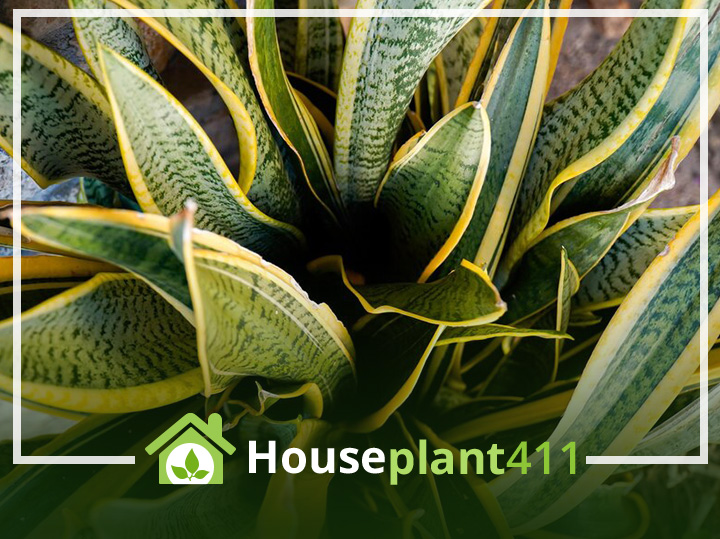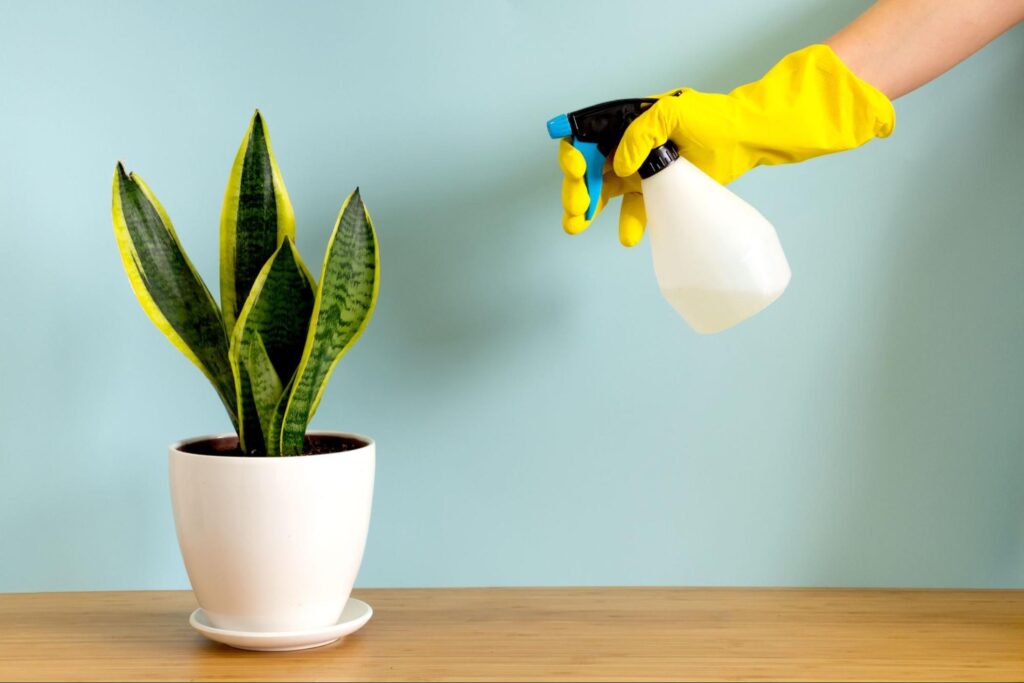Not known Facts About Snake Plant Leaves Turning Yellow
Wiki Article
An Unbiased View of Snake Plant Leaves Turning Yellow
Table of ContentsThe Best Strategy To Use For Snake Plant Leaves Turning YellowSnake Plant Leaves Turning Yellow Things To Know Before You BuyThe Facts About Snake Plant Leaves Turning Yellow RevealedThe Buzz on Snake Plant Leaves Turning Yellow8 Easy Facts About Snake Plant Leaves Turning Yellow Shown
Right here are 7 factors your snake plant's fallen leaves could be transforming yellow and just how to fix it. A number of different plant issues can trigger yellow leaves, or chlorosis. Chlorosis happens when plants do not have the trace elements they require to generate chlorophyll, that makes vegetation eco-friendly and permits plants to transform sunlight into food.Snake plants are dry spell tolerant thanks to their succulent leaves. Snake Plant Leaves Turning Yellow. These plants expand ideal in loosened, well-drained dirt that's permitted to dry out entirely between waterings and might just need water when each month throughout wintertime. Overwatering can protect against roots from absorbing wetness and nutrients that the plant requires and can also cause root rot
A potbound plant can't soak up nutrients from the dirt. If your serpent plant is overcrowded or outgrowing its pot, this might be the reason for yellow leaves. An occasional yellow fallen leave is completely normal for a snake plant. As the plant ages, old fallen leaves yellow, die, and leave as they're replaced with new ones.
See to it the plant has bright, indirect light and consistently warm temperatures, and water only when the dirt has actually completely dried. Maintain an eye out for issues and capture them at an early stage to keep your plant looking healthy and beautiful.
Some Known Factual Statements About Snake Plant Leaves Turning Yellow
If the leaves on your snake plant are obtaining soft, it's normally an indication of excessive water. Snake plants store water in their leaves and if they're overwatered, the fallen leaves can become soft and mushy. If you believe your snake plant is being overwatered, permit the dirt to dry completely before sprinkling once again.Yes, some yellowing is typical and to be expected on older leaves, particularly as snake plants age. If the plant is or else healthy and balanced and the fallen leaves are only gently yellowed after that there is no reason for worry. If the fallen leaves are substantially yellowed or if there are other indicators of distress then it's ideal to take activity.

In general, serpent plants ought to be sprinkled every one to two weeks. If you think your serpent my latest blog post plant has been overwatered, the initial action is to stop sprinkling it.
The 9-Second Trick For Snake Plant Leaves Turning Yellow

The snake plant is an amazing houseplant. The serpent plant is among those plants that are terrific for expanding inside your home in a terrarium, Snake plants can grow rather large, but they additionally have a tendency to be rather low-maintenance. That doesn't indicate you shouldn't take notice of their appearance. Expect your near the bottom due to an absence of nutrients or other issues.
When the dirt is overwatered, the plant cells soak up more water than they can keep. Review here to Leaves ended up being soaked and yellow as they soak up a lot more water. Sagging serpent plant fallen leaves are triggered by soaked-up fallen leave cells shedding their firmness. You might see that your serpent plant will certainly become black or brownish if the yellow patches are not fixed by remedying overwatering.
It is, therefore, more probable that your plant will certainly detect yellow spots on its leaves if you overfeed it with fertilizer during winter. The leaves of snake plants are also susceptible to yellowing when overfed, especially if the roots are fragile. Repotting your yellowing, sprinkling only when the soil dries out, and giving optimal temperature and light problems can conserve it.
More About Snake Plant Leaves Turning Yellow
To quit yellowing triggered by overwatering, stop click now irrigating the serpent plant up until the soil entirely dries out. Do not water greater than as soon as a week. Water your serpent plant just when the leading two inches of dirt feel completely dry. While waiting for the water to drainpipe, water your snake plant early in the early morning if your dirt is slow-draining.Your can be eliminated by removing the yellow pointers - Snake Plant Leaves Turning Yellow. The pruned leaves should expand longer if they are sprinkled appropriately and have ideal light and temperature level conditions. It is necessary to bear in mind that the sharp tips will certainly not grow back, triggering them to stand apart from the remainder of the leaves
At the same time, you can remove afflicted fallen leaves from the base of the plant. The essential message is to permit the serpent plant time to recover.
Scroll the short article till the end to locate the option. Pay attention to this article below: The situation can be expected if you have actually had your serpent plant for a very long time, and yellowing occurs on the lower leaves as a natural aging cycle. It is typical for the Sansevieria leaves to turn yellow due to beginner errors and when the plant is simply gotten from the baby room for repotting.
Snake Plant Leaves Turning Yellow for Beginners
Sansevierias like dry environments and choose little water kept at a void of once or two times weekly in summer and regular monthly in winter. When the water dose obtains out of control, your Sansevieria will certainly experience from overwatering.Report this wiki page